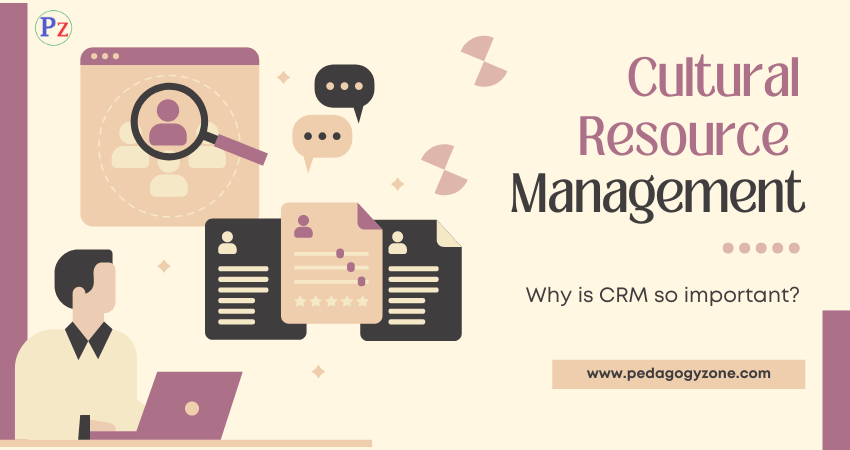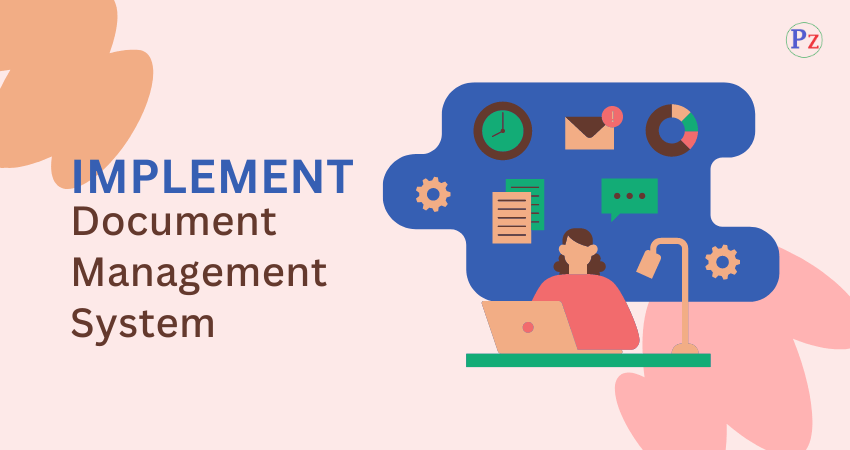The role of HRM is to plan, develop and administer policies and programs designed to make optimum use of an organizations human resources.
It is that part of management which is concerned with the people at work and with their relationship within enterprises. Its objectives are: (a) effective utilization of human resources, (b) desirable working relationships among all members of the organizations, and (c) maximum individual development. Human resources function as primarily administrative and professional.
HR staff focused on administering benefits and other payroll and operational functions and didn’t think of themselves as playing a part in the firm’s overall strategy.
HR professionals have an all encompassing role. They are required to have a thorough knowledge of the organization and its intricacies and complexities. The ultimate goal of every HR person should be to develop a linkage between the employee and organization because employee’s commitment to the organization is crucial.
The first and foremost role of HR personnel is to impart continuous education to the employees about the changes and challenges facing the country in general and their organization in particular.
The employees should know about the balance sheet of the company, sales progress, and diversification of plans, share price movements, turnover and other details about the company. The HR professionals should impart such knowledge to all employees through small booklets, video films and lectures.
The primary responsibilities of Human Resource managers are:
- To develop a thorough knowledge of corporate culture, plans and policies.
- To act as an internal change agent and consultant
- To initiate change and act as an expert and facilitator
- To actively involve in company’s strategy formulation
- To keep communication line open between the HRD function and individuals and groups both within and outside the organization.
- To identify and evolve HRD strategies in consonance with overall business strategy.
- To facilitate the development of various organizational teams and their working relationship with other teams and individuals.
- To try and relate people and work so that the organization objectives are achieved efficiently and effectively.
- To diagnose problems and determine appropriate solution particularly in the human resource areas.
- To provide co-ordination and support services for the delivery of HRD programmes and services
- To evaluate the impact of an HRD intervention or to conduct research so as to identify, develop or test how HRD In general has improved individual and organizational performance.
Different management gurus have deliberated different roles for the HR manager based on the major responsibilities that they full fill in the organization. Few of the commonly accepted models are enumerated below.
Pat Mc Lagan has suggested nine roles that are played by HR practitioners
To bring the issues and trends concerning an organization’s external and internal people to the attention of strategic decision makers and to recommend long term strategies to support organizational excellence and endurance.
To design and prepare HR systems and actions for implementation so that they can produce maximum impact on organizational performance and development.
To facilitate the development and implementation of strategies for transforming one’s own organization by pursuing values and visions.
To create a positive relationship with the customer’s by providing them with the best services; to utilize the resources to the maximum and to create commitment among the people who help the organization to meet the customers needs whether directly connected or indirectly connected to the organization.
To identify the learning needs hence to design and develop structured learning programmes and materials to help accelerate learning for individuals and groups.
To enable the individuals and groups to work in new situations and to expend \and change their views so that people in power move from authoritarian to participative models of leadership.
To help employees to assess their competencies, values and goals so that they can identify, plan and implement development plans.
He also assists the individual employee to add values in the workplace and to focus on the interventions and interpersonal skills for helping people change and sustain change.
He assesses the HRD practices and programmes and their impact and to communicate results so that the organization and its people accelerate their change and development.
According to Dave Ulrich HR play’s four key roles.
- Strategic Partner Role – turning strategy into results by building organizations that create value;
- Change Agent Role – making change happen, and in particular, help it happen fast
- Employees Champion Role – managing the talent or the intellectual capital within a firm
- Administrative Role – trying to get things to happen better, faster and cheaper.
The role HR in organizations has undergone an extensive change and many organizations have gradually oriented themselves from the traditional personnel management to a human resources management approach. The basic approach of HRM is to perceive the organization as a whole. Its emphasis is not only on production and productivity but also on the quality of life. It seeks to achieve the paramount development of human resources and the utmost possible socio-economic development.
Current Classification of HR roles
According to R.L Mathis and J. H. Jackson (2010) several roles can be fulfilled by HR management. The nature and extent of these roles depend on both what upper management wants HR management to do and what competencies the HR staff have demonstrated. Three roles are typically identified for HR. The focus of each of them, as shown in figure is elaborated below:
| Administrative Personnel practices Legal compliance forms and paperwork |
→ | Operational Actions Managing employee relationship issues Employee advocate |
→ | Strategic HR Organizational/business strategies HR strategic or planning Evaluation of HR effectiveness. |
Administrative Role of HR
The administrative role of HR management has been heavily oriented to administration and recordkeeping including essential legal paperwork and policy implementation. Major changes have happened in the administrative role of HR during the recent years. Two major shifts driving the transformation of the administrative role are: Greater use of technology and Outsourcing.
Technology has been widely used to improve the administrative efficiency of HR and the responsiveness of HR to employees and managers, more HR functions are becoming available electronically or are being done on the Internet using Web-based technology.
Technology is being used in most HR activities, from employment applications and employee benefits enrollments to e-learning using Internet-based resources.
Increasingly, many HR administrative functions are being outsourced to vendors. This outsourcing of HR administrative activities has grown dramatically in HR areas such as employee assistance (counseling), retirement planning, benefits administration, payroll services, and outplacement services.
Operational and Employee Advocate Role for HR
HR managers manage most HR activities in line with the strategies and operations that have been identified by management and serves as employee “champion” for employee issues and concerns.
HR often has been viewed as the “employee advocate” in organizations. They act as the voice for employee concerns, and spend considerable time on HR “crisis management,” dealing with employee problems that are both work-related and not work-related. Employee advocacy helps to ensure fair and equitable treatment for employees regardless of personal background or circumstances.
Sometimes the HR’s advocate role may create conflict with operating managers. However, without the HR advocate role, employers could face even more lawsuits and regulatory complaints than they do now.
The operational role requires HR professionals to cooperate with various departmental and operating managers and supervisors in order to identify and implement needed programs and policies in the organization. Operational activities are tactical in nature.
Compliance with equal employment opportunity and other laws is ensured, employment applications are processed, current openings are filled through interviews, supervisors are trained, safety problems are resolved, and wage and benefit questions are answered. For carrying out these activities HR manager matches HR activities with the strategies of the organization.
Strategic Role for HR
The administrative role traditionally has been the dominant role for HR. However, as Figure indicates that a broader transformation in HR is needed so that significantly less HR time and fewer HR staffs are used just for clerical work.
Differences between the operational and strategic roles exist in a number of HR areas. The strategic HR role means that HR professionals are proactive in addressing business realities and focusing on future business needs, such as strategic planning, compensation strategies, the performance of HR, and measuring its results. However, in some organizations, HR often does not play a key role in formulating the strategies for the organization as a whole; instead it merely carries them out through HR activities.
| Read More Topics |
| Objectives of Human Resource Management (HRM) |
| Scope of Human Resource Management – HRM |
| What is Human Resource Management (HRM)? |
| Engineers as Responsible Experiments |




